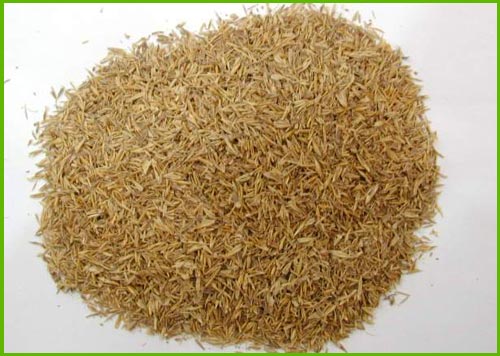New Method for Making Pig Feed: Fermented Beer Dregs

The brewer's grains, also known as buckwheat grains, are the main byproducts of the beer industry using barley as a raw material because it is the residue obtained directly from the mashing process of the brewer's malt, rather than the residue obtained after the fermentation process, so the brewer's grains are nourished. It is very rich in value, contains a lot of crude protein and trace elements, high energy and sugar.
Many farmers in rural areas will directly feed brewer's grains as feed for livestock, so that direct feeding will make large amounts of high protein unable to be converted, making it difficult to absorb and use, thus wasting material resources. Therefore, it is necessary to ferment the brewer's grains with the fermenting agent of the golden pacifier to produce the pig feed. The pigs can better absorb and utilize the nutrients therein.
1. Selection of raw materials: Because the brewer's grains are not residues after fermentation, they are easily deteriorated and rancid. Therefore, it is best to use the brewers' grains that are produced on the same day for fermentation.
2. Dilution of strains: The ratio between the starter and the material of the golden bait feed should be 1-2 inches. First, dilute and mix the raw materials of the golden bait feed with rice bran, corn flour or bran in a ratio of 1:5 to 10. Use (without water, direct dry mixing).
3. Material Mixing: Prepare about 50% of distiller's grains, about 30% of corn flour, and about 20% of bran or rice bran. Mix them together with dilute good gold baby feed starter, and stir it evenly. If there is more material to be fermented, the diluted feed starter can be mixed with some of the material and then sprinkled into the fermented material. The purpose is to make the material and the starter mix more evenly.
4. Water control: The water content of the well-proportioned material is controlled to be about 60-65%. Judgment method: Hand grab a handful of materials, watermark finger, but not drip, landing is suitable for casual, water is not easy to warm, water less It is difficult to ferment. When adding water, pay attention to adding less, such as water is not enough, then add up until appropriate.
5. Sealed fermentation: Put the mixed materials into plastic bags, large cylinders or pools, all sealed, but not too tight. The starting temperature is preferably 15°C or more, sealed and fermented for about 3 days, and there is a slight aroma of wine, indicating that the fermentation is completed.
Brewer's grains are rich in resources and low in price. Brewer's grains fermented with the above methods can be directly fed, nutrition is full, livestock loves to eat, and the growth rate is fast. However, it should be noted that after each feeding, care should be taken to seal it immediately and do not expose it for too long to avoid contamination. Details can be consulted: Beijing Huaxia Kangyuan Technology Co., Ltd. telephone toll-free hotline Taobao purchase distiller's yeast starter Click
Recommended reading
1. High efficiency of swine feed for swine fermentation
2. Application of microbial feed starter in sucker feed
Potassium Fortifier,Food Grade Potassium Citrate,Potassium Citrate,Food Additive Potassium Citrate
LIANYUNGANGLONGTAIWEI FOOD INGREDIENTS CO.,LTD. , https://www.longtaiweifood.com